Driving a truck for the first time is an exciting experience, but it can also come with unexpected challenges, especially in harsh winter conditions. Snow and ice test not only your vehicle's capabilities but also your knowledge as a driver. This is the situation Michael found himself in when he drove his 2024 Chevrolet Silverado 1500 TurboMax in the snow. His story highlights a few important lessons for new truck owners and anyone dealing with snow-covered roads.
Michael’s Experience: The Shaking in 4H
Michael shared his story in the "2019 - 2025 Chevy Silverado & GMC Sierra Owners" Facebook group:
"So I'm new to a truck, first time having one. I have the 2024 1500 TurboMax. I only have auto, 2H, and 4H options. It was snowing really bad, so I had it in 4H going about 25-30 mph, and the whole truck started shaking really bad. I had to pull over and put it in the park and out of 4H then back to 4H, and everything was fine after that. Does anyone know what would have made it do that? New to trucks, don’t roast me, please."
Michael’s experience raises a few key questions. Why would a new truck start shaking in 4H, and how can it be avoided in the future? Let’s break this down.
Why Did Michael’s Silverado Shake in 4H?
The 2024 Chevrolet Silverado 1500 TurboMax has a 4WD system with several modes: Auto, 2H (2-wheel drive high), and 4H (4-wheel drive high). While 4H is designed for slippery conditions like snow or ice, a few factors could have contributed to the problem:
-
Drivetrain Binding (Wind-Up):
In 4H, the front and rear axles are mechanically locked together, forcing the wheels to rotate at the same speed. On low-traction surfaces, this works well because the tires can slip as needed. However, if the snow was patchy, or if Michael briefly drove on better traction (like a plowed section of road), the drivetrain might have bound up, causing the truck to shake. This issue can usually be resolved by stopping, shifting out of 4H, and then re-engaging it: exactly what Michael did.Tip: Use the Auto 4WD mode on your Silverado for snowy conditions. This mode engages 4WD only when necessary, reducing the chances of drivetrain binding. For more advice, check out these winter driving tips to stay safe on snowy roads.
-
Ice or Snow in the Wheels:
Another group member, Bob, chimed in with a helpful observation:
"It's also possible, if you are unfamiliar with driving in snow, you may have collected ice in the wheels and had unbalanced tires, which will wobble until you clear them or the ice falls out."Ice buildup inside the wheels is a common issue in snowy climates. As snow or slush freezes, it can create an imbalance that causes vibrations while driving. This is particularly noticeable at higher speeds.
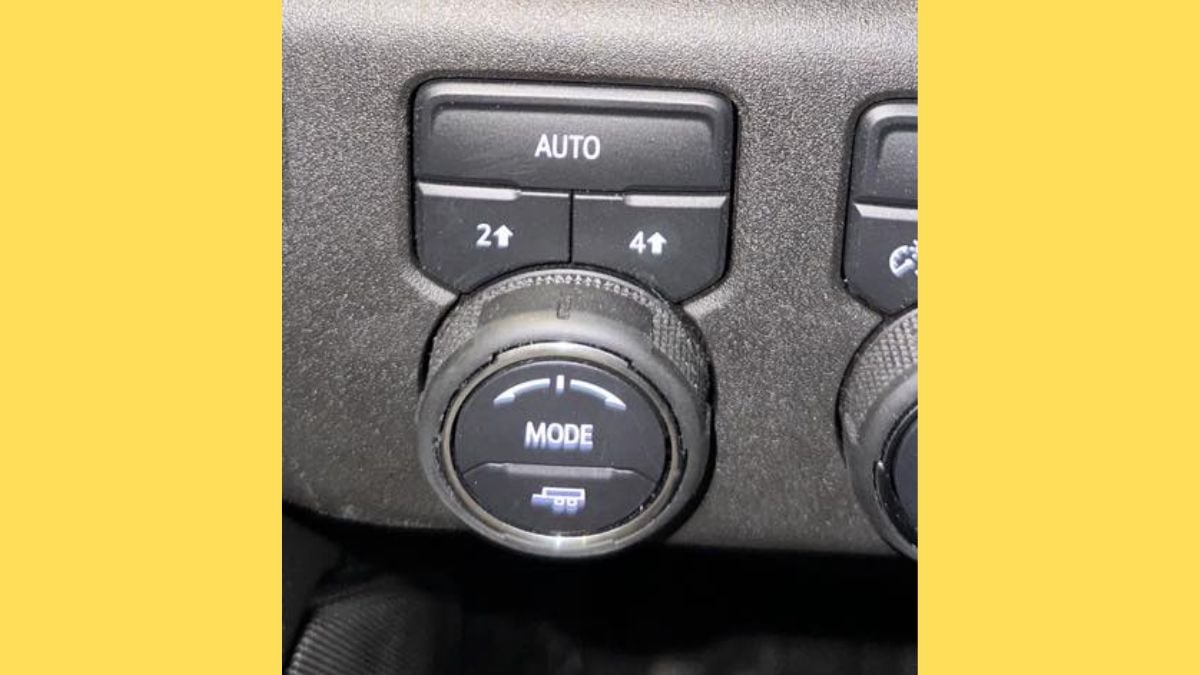
Tip: After driving in heavy snow, check your wheels for ice or snow buildup. A quick visual inspection and clearing out any debris can prevent unnecessary vibrations.
The Best Drive Mode for Snow: Auto 4WD
Michael mentioned that his Silverado has an Auto 4WD mode, which is often the best choice for snowy or icy conditions. Unlike 4H, Auto 4WD automatically engages power to all four wheels only when the system detects a loss of traction. This can help prevent drivetrain binding and make the truck’s handling more predictable.
If you’re unsure about the differences between AWD, 4WD, and 2WD, this comparison guide from Consumer Reports explains how these systems work and when to use them.
Other Possible Causes of Shaking The Silverado
While drivetrain binding and ice buildup are the most likely culprits in Michael’s case, other factors could also cause shaking:
- Improper 4H Engagement: Switching to 4H at higher speeds or without fully stopping can cause inconsistent drivetrain operation. Always engage 4H while stationary or moving very slowly.
- Suspension or Alignment Issues: Although Michael’s truck is new, manufacturing defects or misaligned wheels could cause shaking.
- Faulty Components: If the problem happens again, it may be worth having the dealership inspect the transfer case or other drivetrain components.
For another example of unexpected issues with a new Silverado, check out this story of a driver’s dealership experience with rough handling on their 2024 GMC Sierra.
How to Handle Snow Like a Pro
If you’re new to driving a truck or tackling snowy conditions, here are a few quick tips:
- Use the Right Mode: Stick with Auto 4WD for most snowy conditions, and reserve 4H for deep snow or off-road use.
- Inspect Your Truck After Snow Driving: Clear any ice or snow from your wheels and undercarriage to prevent vibrations and rust.
- Drive Smoothly: Avoid sharp turns or sudden acceleration in snow to reduce drivetrain stress.
- Learn Your Vehicle’s Limits: Test your truck in a safe, open area (like an empty parking lot) to get a feel for how it handles in snow.
For a fascinating look at how another truck handles snowy conditions, read this first-time experience with Rivian’s Snow Mode.
Final Thoughts and Questions for You
Michael’s experience is a great reminder of how important it is to understand your truck’s features and how to use them in specific conditions. Whether it’s drivetrain binding or ice in the wheels, these issues can usually be prevented with the right knowledge and a bit of preparation.
Have you ever experienced shaking or other issues while driving in the snow? Do you prefer using Auto 4WD, 4H, or another mode in your truck? Share your personal experiences and tips in the comments below. We’d love to hear from you.
Armen Hareyan is the founder and the Editor in Chief of Torque News. He founded TorqueNews.com in 2010, which since then has been publishing expert news and analysis about the automotive industry. He can be reached at Torque News Twitter, Facebook, Linkedin, and Youtube. He has more than a decade of expertise in the automotive industry with a special interest in Tesla and electric vehicles.


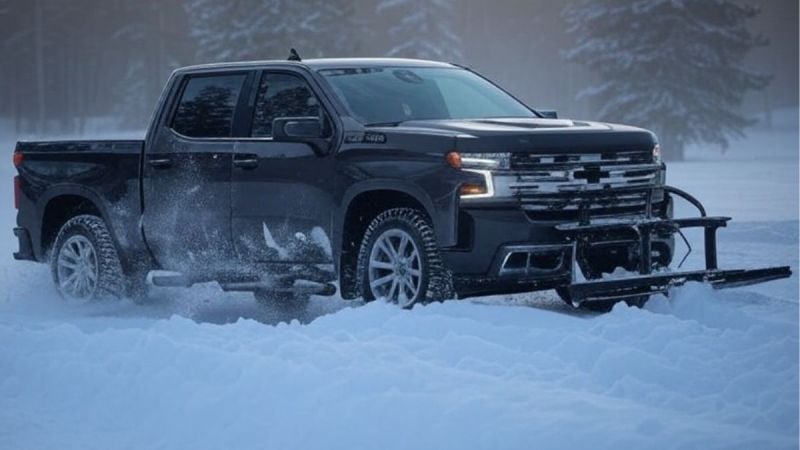




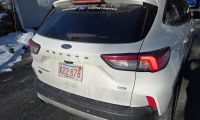
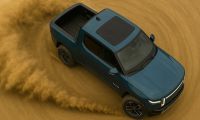
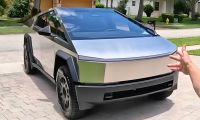
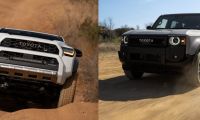

Comments
You might want to see the…
Permalink
You might want to see the dealer and not the keyboard mechanics.
Sounds like the writer needs…
Permalink
Sounds like the writer needs to check their work. Much of what they said is applicable to 4 low, not 4 high.
4L engages a reduction gear in the transfer case that increases reduction by around 2.5 times usually. It can only be engaged when stopped or moving very slowly and for those times off road when you need maximum torque at low speed.
4H engages the front axle with no reduction and is used for higher speeds on low traction surfaces like snow. As it does lock the front and back differentials together it can lead to wind up if the surface doesn't allow tires to slip. It can generally be engaged or disengaged at speeds up to or even above 50mph.
Until recently the only modes most trucks had was 2h, 4h and 4l plus maybe neutral for using power takeoff. When we were recently shopping for a truck, Chevy/GMC had 4 auto starting around 2018 and Ford had it starting in 2024. It is 4h with a computer engaging and disengaging the front axle when slippage is detected. It is close to AWD but has a lag that AWD doesn't because it has to detect the slippage for a preset time before engaging. So, yes, Auto 4WD is the correct setting for snow but only new or pretty new trucks have it. For older trucks you have to switch into 4h when you hit snow and switch back to 2h when you hit clear pavement. Yes, it is bother when driving in patchy or melting snow.
Back in the 70's Dodge and GM had some trucks with a different transfer case that had 2 high, 4 high which was actually AWD and 4 lock which was 4L. The transfer cases had some weaknesses and instead of fixing the problem they just dropped AWD on their trucks and truck based SUVs. For those who drove a D200 with the AWD transfer case it was perfect for an all weather camper.
Sounds like you need to…
Permalink
In reply to Sounds like the writer needs… by Steve (not verified)
Sounds like you need to check your work also. My 2020 Ford F150 has 4A, 4H and 4L. I'm pretty sure my 2017 F150 had the same, either way Ford had auto way before 2024
I'm sorry, what?!?! A 4wd…
Permalink
I'm sorry, what?!?! A 4wd truck that does not have a 4 low??? I've never seen such nonsense
GM trucks have 'shift on the…
Permalink
GM trucks have the "shift on the fly" 4WD system. The owner manual literally says you can shift from 2WD to 4HI at ANY speed. To shift into 4HI you DO NOT need to be stopped or going slow. Another reason the guy's truck may have been shuddering is if his truck is equipped with Hill Descent.
Same for my 2020 f150, you…
Permalink
In reply to GM trucks have 'shift on the… by EastTexan (not verified)
Same for my 2020 f150, you only have to stop for 4L. I'm pretty sure my 2008 tundra was the same way for 4h to 2h and back but it didn't have 4a.